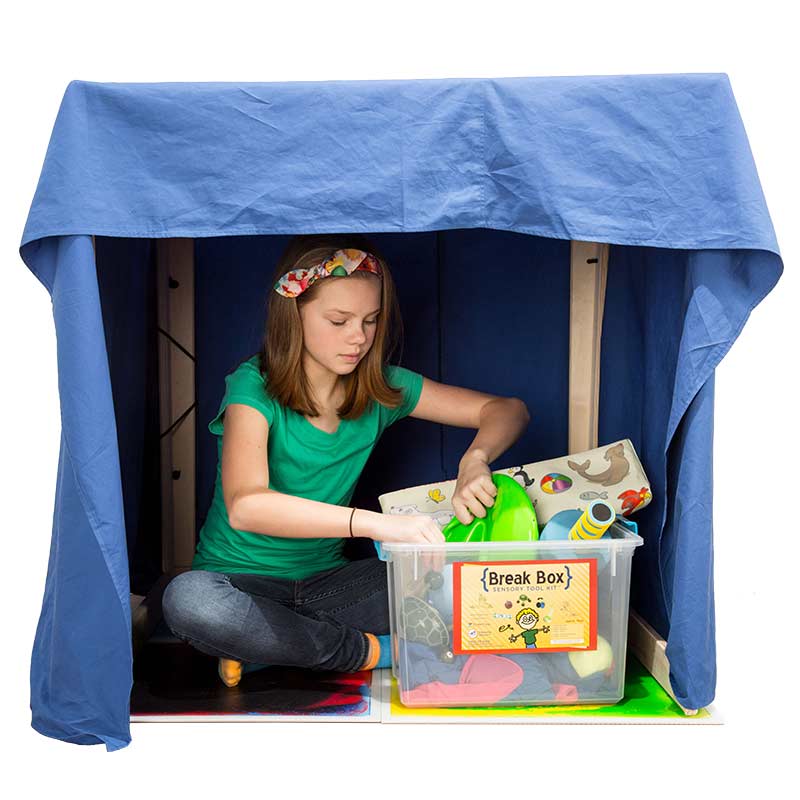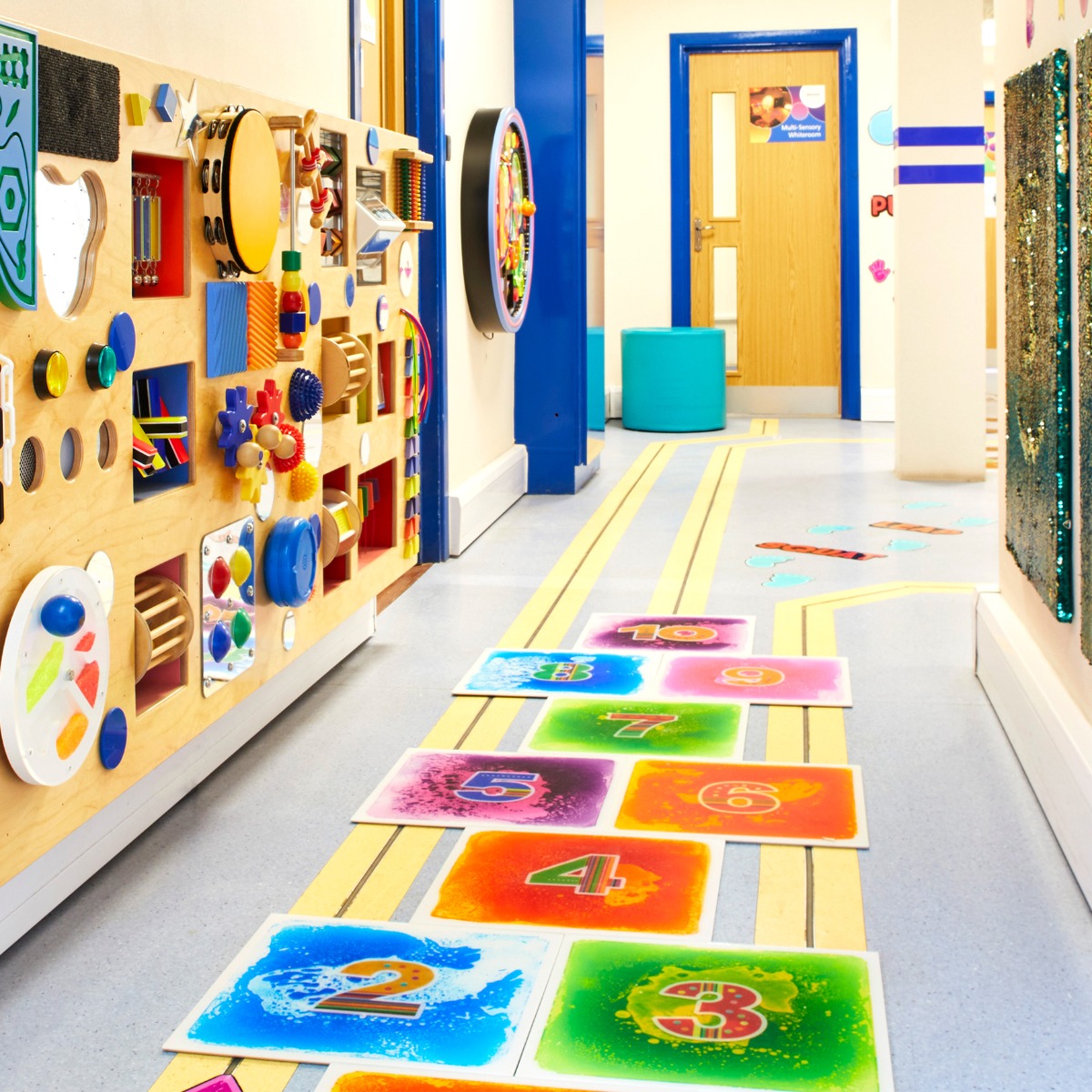Today’s students face increasingly more challenges each year. Students are expected to achieve more in a shorter amount of time while being bombarded with countless distractions from all sides. Knowing this, how can educators better support their students’ mental health and wellness?
What Are the Dimensions of Wellness?
Traditionally, people considered “wellness” to be a marker of whether or not they were physically healthy. Today’s definition includes several different dimensions, including physical, emotional, social, environmental, intellectual and occupational. All of these dimensions impact each other in a variety of ways, coming together to reflect a person’s wellness as a whole. It’s important for educators to understand these different dimensions and take a holistic approach in order to support student wellness.

How Can Educators Support Student Wellness?
There is no single approach that will work for every educator and every student body. Many universities are setting aside days throughout the year as “Student Health and Wellness Days” to allow students the time to relax and take a break from their studies. Schools often have social workers or psychologists on staff available so students can talk about anything they may be struggling with.
Set aside time to get to know your students’ needs, so that you can find the best resources for them. Below are some ideas of how you can support your own students’ wellness.
1. Incorporate self-calming opportunities into the curriculum
Give students space to explore their emotions and the strategies they need to help them self-regulate throughout the day. Create a classroom corner in which students have access to calming sensory tools that they can use during class. These safe spaces are wonderful to foster a sense of security for students, especially if they feel dysregulated.
2. Get moving throughout the day
It’s probably not news, but exercise is an important component of physical health. Active movement throughout the day provides students with a variety of sensory input they don’t get from sitting at a desk. Even a five-minute break between classes to receive proprioceptive, vestibular, or deep pressure input from various activities enables students to be more focused and alert in class. Sensory hallways provide an outlet for students to get the input they need while on their way to their next class. They can easily be incorporated into a school’s existing space and offer self-regulating opportunities outside a dedicated sensory room.
3. Challenge students at their level
Meeting students at their intellectual level is a key component to helping them thrive. Try to adapt the lesson or assignment to challenge each student “just enough.” If the content is below a child’s intellectual level then they are more likely to become bored and possibly become disengaged and distractible in class. On the other hand, if the lesson is too advanced then a student may feel discouraged and incapable, resulting in the same disengagement.

4. Create a safe, sensory-friendly environment
Students are more likely to explore their surroundings, experience new sensations, and better self-regulate when they are in a safe place because they aren’t spending their mental energy perseverating on potential triggers. Educators have the unique opportunity to provide their students with a stable environment, regardless of what life outside of the classroom might be like for them. Work with teachers to incorporate a sensory approach into the classroom curriculum. There are several training courses available for teachers and educators to hone their knowledge and understanding of how to best support students’ sensory needs.
Putting Wellness into Practice
As an educator, you have an opportunity to do so much more than simply teach a curriculum to your students. They may look up to you as a role model or an authority figure whom they can trust. Make sure that not only do you provide opportunities for your students' overall wellness but that you model that in your own life as well.

This post was originally posted on 03/29/2022 by Fun and Function Therapists. It was updated for accuracy and comprehensiveness on 07/17/2023.






















Comments